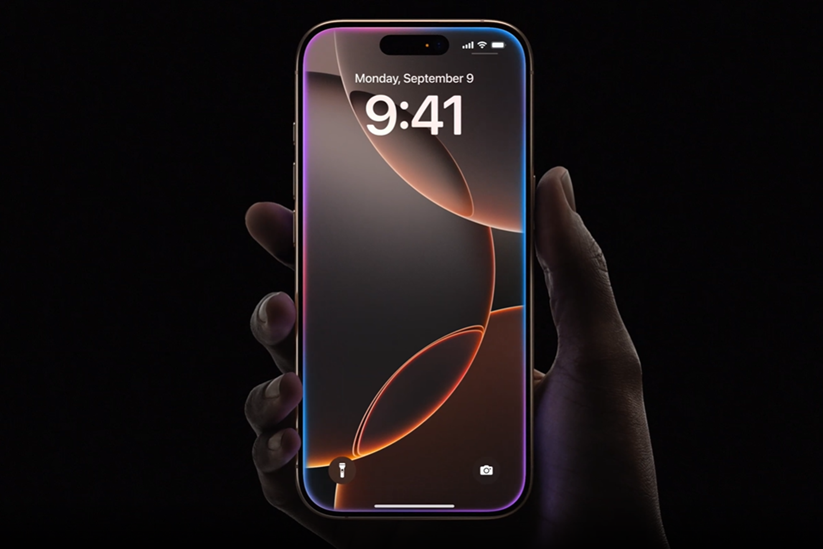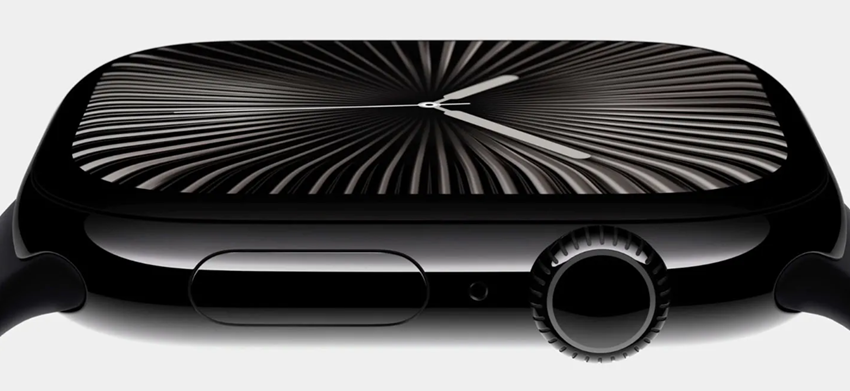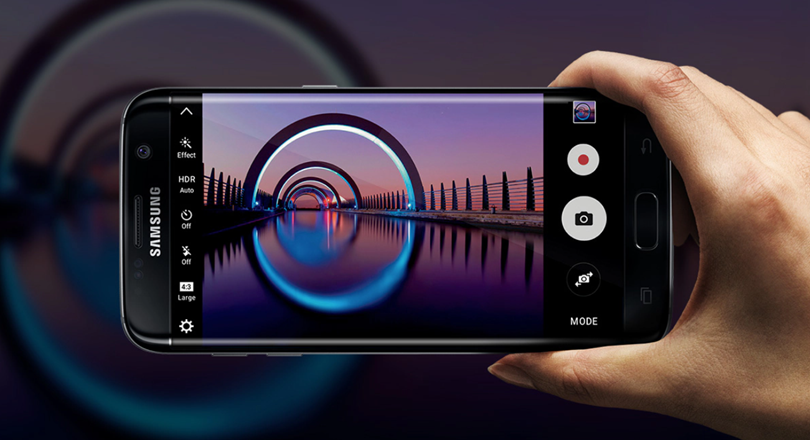Highlights
- Apple’s goal of releasing a zero-bezel iPhone has been delayed.
- The report reveals it is unlikely to be ready before 2027 despite collaboration with Samsung and LG.
- Apple aims for an iPhone that looks like a “single slab of glass” with no visible bezels.
- The company is facing challenges such as seamless join, connectivity and protecting screen edges.

Apple has been constantly working to offer technical advancements in almost every department of its product ranges. The zero-bezel iPhone is one such area where the company has been reportedly working for a while. But if the latest reports are of any indication, the dream of a truly bezel-less iPhone is still far
Apple has reportedly been collaborating with Samsung Display and LG Display to create a zero-bezel iPhone screen, but a new report suggests the technology needed is nowhere near ready for mass production.
Apple initially aimed to release a zero-bezel iPhone in 2025 or 2026. However, a recent report from Korea indicates that even 2026 now seems highly unlikely.
An industry insider was quoted in the report saying, “If Apple wants to launch a zero-bezel OLED iPhone in 2026, we should have already finished technical discussions with domestic panel companies, but we are still discussing it.”
The report further states, “At the request of Apple, it is known that Samsung Display and LG Display are developing an iPhone organic light-emitting diode (OLED) without a bezel, but […] the release of the zero-bezel OLED iPhone is currently uncertain in 2026 because there is not enough technology development to eliminate all the bezels.”
Apple’s Plan For A “Single Slab of Glass”
Apple’s design goal has long been to create an iPhone that looks like a “single slab of glass.” The concept was an idea of Former Apple design chief Jony Ive. The idea is for the entire front of the phone to be a seamless display with no visible bezels and the screen flowing smoothly into the edges.

The design would likely use a flat screen with a slight curve at the edges, a “quad micro curve” approach. This design has been seen in some Chinese smartphones and is similar to the Apple Watch’s screen, which hides bezels beneath the curved glass.
However, Apple wants the display to remain fully functional in the curved areas without distortion.
While the concept is feasible in theory, a recent 9to5Mac report highlights the several challenges in making it practical for everyday use. These challenges include –
- Ensuring a seamless join between the curved display and the phone’s body.
- Avoiding the “magnifying glass effect” seen with curved display edges.
- Maintaining effective connectivity despite the design.
- Protecting the vulnerable screen edges from impact damage.
The Elec report also highlights, “ In order for Samsung Display and LG Display to implement zero bezel as requested by Apple, they must develop thin film encapsulation (TFE) technology to protect OLED from moisture and oxygen, and optical clear adhesive (OCA) technology used when bonding with a transparent double-sided adhesive film, tailored to the curved side of the display, and secure space for antennas, etc.
“Among various technologies, it is known that the acquisition of OCA technology is particularly slow. This is because the side view distortion problem has not been completely resolved after the OCA process. Another issue that needs to be resolved is the problem of the display easily breaking due to external impact when designed to flow down the side of the product.”
Moreover, embedding the front-facing camera beneath the display is still not up to Apple’s quality standards. Reports suggest that the 2026 iPhone would likely still feature a punch-hole camera with under-display camera technology being a longer-term goal.
Apple’s journey toward a zero-bezel design started with the iPhone X in 2017, which significantly reduced bezels compared to earlier models. The company since then has shrunk bezel sizes gradually but they remain visible.

Meanwhile, Samsung’s Galaxy Edge series introduced curved displays with minimal side bezels, but they retained larger forehead and chin areas. Apple, however, aims to extend this edge-to-edge design to all four sides of the phone.
FAQs
Q1. When is the zero-bezel iPhone expected to be released?
Answer. The zero-bezel iPhone is unlikely to be released before 2027, as the necessary technology is not yet ready for mass production.
Q2. Which companies is Apple collaborating with to develop the zero-bezel iPhone screen?
Answer. Apple has been collaborating with Samsung Display and LG Display to create the zero-bezel iPhone screen.
Q3. What is Apple’s design goal for the zero-bezel iPhone?
Answer. Apple’s design goal is to create an iPhone that looks like a “single slab of glass,” with a seamless display that flows smoothly into the edges, without visible bezels.
Q4. What challenges does Apple face in creating the zero-bezel iPhone?
Answer. Challenges include ensuring a seamless join between the curved display and the phone’s body, avoiding the “magnifying glass effect,” maintaining effective connectivity, and protecting the screen edges from impact damage.
Read More: Apple Anticipates Max Demand for iPhone 16 Pro Models, Pro Max’s 1mm Bezel Making Headlines
